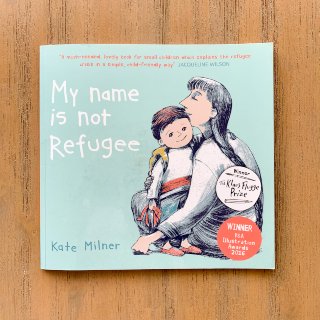Henry’s Map
Free lesson plan, writing template and printable word-search for kids
Best suited to:
K – Year 1
KLAs covered:
English, maths (positional language), geography concepts (mapping)
Learning:
- what are maps?
- why do we need them?
- how do maps help us?
- how can we make a map?
Need to know:
- a funny, simple text about a pig who wants to organise the farmyard so he draws a map;
- Henry’s map is a drawing of the farm which includes all the animals’ homes;
- at the end of the story, Henry takes the animals up the hill to show them his map. They compare the map to the farm below them and see that they themselves appear on the map but are missing from the farm (because they’re up on the hill);
- a fun introduction to the idea of maps as a way of working out where things are;
Discussion Questions (before reading):
- what do you think this book will be about? why do you think that?
- read the title of the book together and ask the children: what is a map?
Discussion Questions (after reading):
- what happened in the story? (discuss beginning, middle and end);
- what did the animals think when Henry told them about his map?
- what happened at the end of the story when the animals were all up on the hill looking at the map and at the farm?
- show the children Henry’s finished map on the double-page spread. Briefly discuss the various points on the map using positional language: the woolshed is next to Henry’s sty; the chicken coop is below the stable;
Activities:
- discuss the story’s setting: what does the word ‘setting’ mean? What is the setting for this story? Children write or draw about the setting.
- discuss the characters: what is a character? Who are the characters in this story? What are they like? Who is the main character in the story? Children draw or write about the characters.
- What happened in the story? Discuss beginning, middle and end using the words ‘first’, ‘next’ or ‘then’ and ‘finally’. Children draw or write about what happened in the beginning, middle and end of the story.
- children draw their own maps of their playground, house or anything else they choose. Some children may wish to draw a map of their neighbourhood or a fantasy map, such as a pirate map showing the location of buried treasure;
- if time allows, children can show their maps to the class, describing what the features show;
Your free, printable word-search puzzles and writing template
This free, printable word-search for kids is great for building and reinforcing the vocabulary used when discussing Henry’s Map.
Download and print our free writing/drawing template for use with the picture book Henry’s Map here (PDF).







